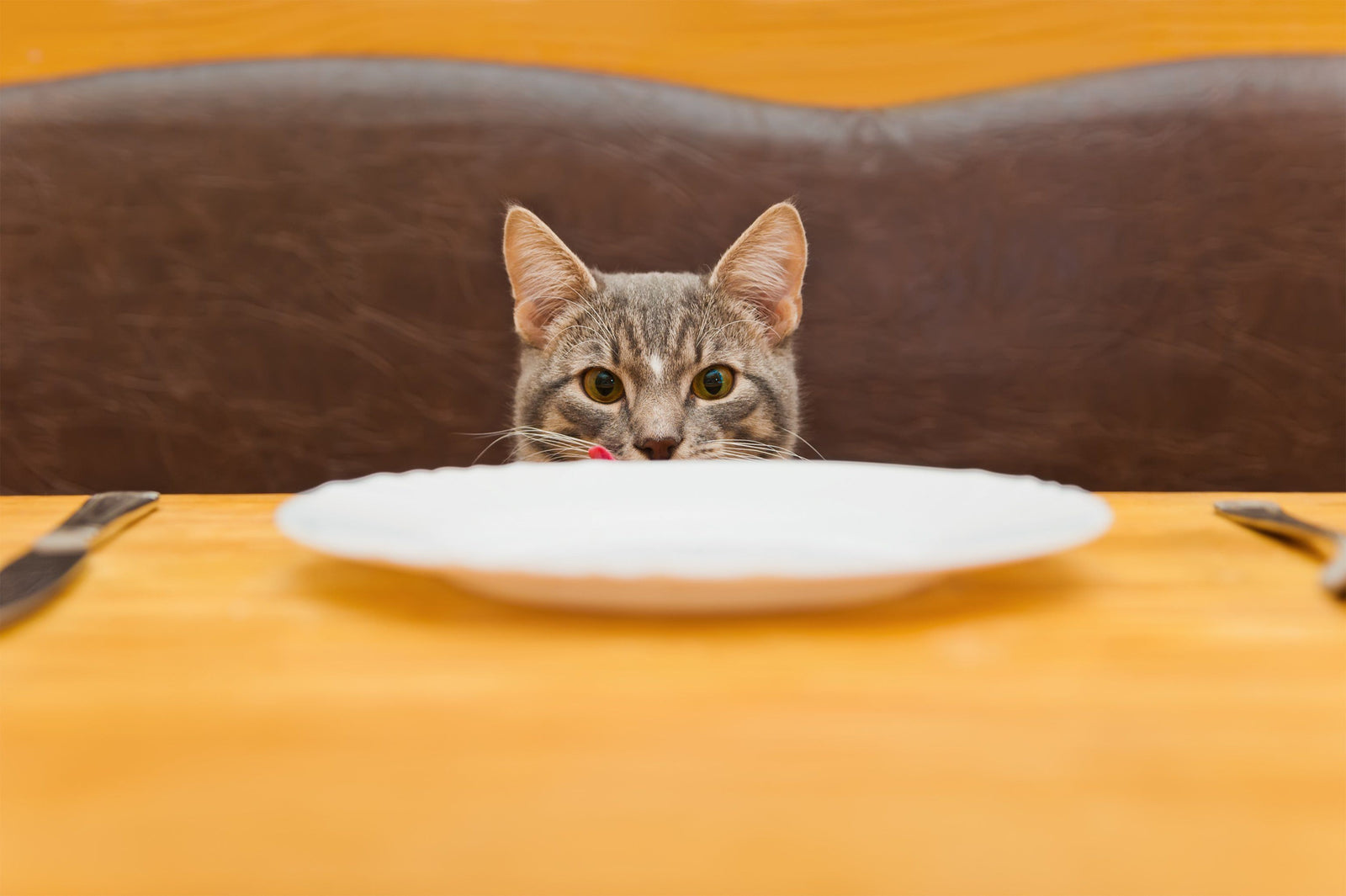
When your cat spends all day cleaning himself from head to toe with his tongue, it can be hard to think he doesn't care much about what’s in his food.
But cats have a surprisingly selective digestive tract. Cheap cat food isn’t always cheap if it causes problems in the long run. But the most expensive brand may not be right either.
Before you buy, take a look at the ingredients and steer clear of any products that have these as the main ingredients.
Wheat Gluten

The gluten-free craze isn’t just for humans. Cats are on-board too. Gluten is often used as a substitute for high-quality protein sources in pet food. For the sake of saving money, many pet food manufactures add cheap grain products like wheat gluten to your cat’s food as filler.
However, your cat’s gut isn’t setup to handle large quantities of grains. Rather, cats are obligate carnivores, which means they actually need meat to survive and it should be the primary ingredient in their diets – followed by fat, then carbohydrates.
While some cats are able to stomach wheat gluten just fine, others can have an allergic reaction. Pet parents started taking notice of products containing wheat gluten in 2007 after dogs and cats around the world were poisoned with gluten contaminated with melamine.
Tired of your home smelling like you have a cat?
15% off PrettyLitter
Try it today Use code: PRETTYBLOG
“Melamine is a component of plastic which increases nitrogen content and protein levels... when added to wheat gluten,”says Dr. Patrick Mahaney, a Los Angeles-based veterinarian. “As a result of certain pet food manufacturers’ efforts to create a less expensive product... our companion animals suffered life-threatening toxicity.”
While the 2007 crisis has cleared up, cat parents are urged to be careful about where their cat food is manufactured and how much wheat gluten is in their cat’s meal.
Corn and Soy

Cats are natural carnivores. Their bodies function much like their jumbo-sized brethren on the Discovery Channel, so your cat’s diet should cater to his natural digestive needs. You don’t see lions, panthers, and bobcats munching on ears of corn – and your cat doesn’t want to either.
Like wheat gluten and other wheat products, your cat’s stomach can only handle minimal carbs. Complex carbohydrates like corn and soy are cheap fillers many pet food manufactures use in large quantities. If you see corn or soy as one of the first six ingredients in a brand of cat food, move on to another.
Preservatives

Preservatives come in all sorts of funky names and acronyms. The top four to be wary of are ethoxyquin, propylene glycol (PG), butylated hydroxytoluene (BHT), and butylated hydroxyanisole (BHA).
Ethoxyquin and propylene glycol aren’t even approved for use in human foods. So if it’s not safe for us big ol’ humans to consume, it can’t possibly be good for our little 10-pound feline friends, right? You bet. Ethoxyquin is used to make poor quality food last longer on the store shelf and causes serious urinary and kidney problems in cats. Propylene glycol is a derivative of anti-freeze, which is, of course, highly toxic.
BHT and BHA are commonly found in both foods and treats – so be sure to check out Fluffy’s favorite snacks, too. These nasty preservatives are added to fats and have been found to cause cancer, kidney disease, and liver damage in lab experiments using rats.
By-Products

This one’s tricky because it’s usually included in the ingredients list as “meat by-products.” The word “meat” may make it sound healthy, but it’s not. Meat by-products come from anything animal related, including dead animals and waste that didn’t make it into the “real, safe meat” barrel at the factory.
By-products can also include remnants of hazardous chemicals like pentobarbital, a drug used to humanely euthanize animals for processing.
You’re a good cat parent. So you want to give your baby good cat food. The easiest way to make sure your cat’s food is safe is to look for ingredients that you recognize – like chicken, fish, eggs, liver, lamb, and whole vegetables like peas, pumpkin, or carrots.

Next time you’re at the market or shopping online for kitty kibbles just avoid these harmful ingredients and sleep soundly knowing your cat is nomming safe morsels.
----

Follow Us